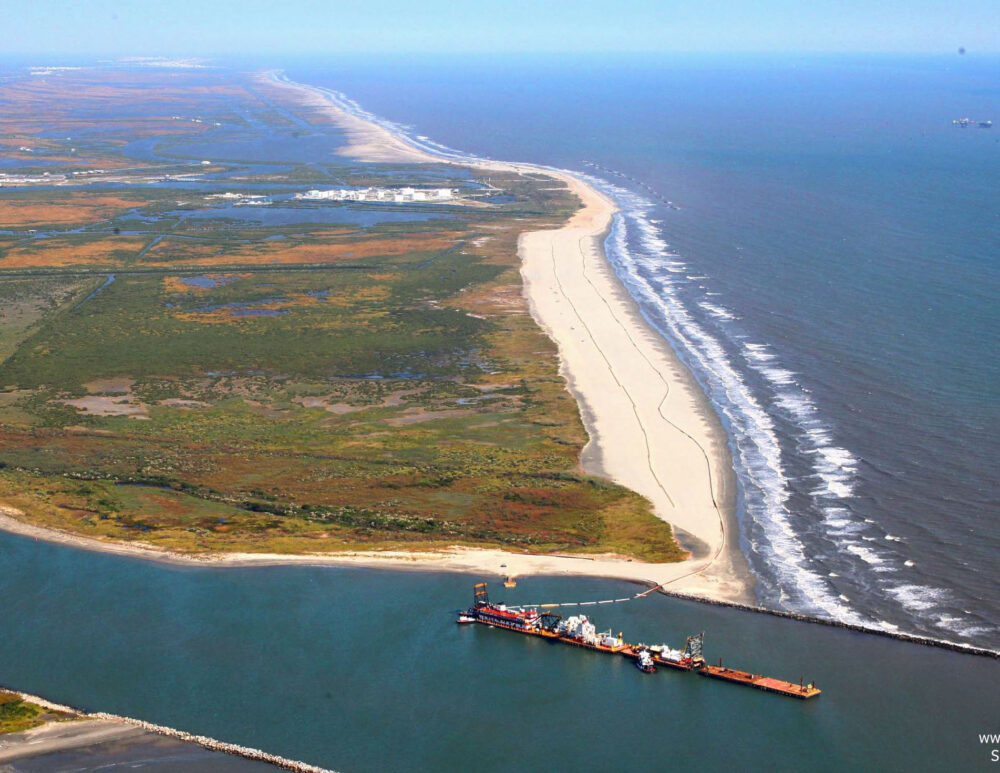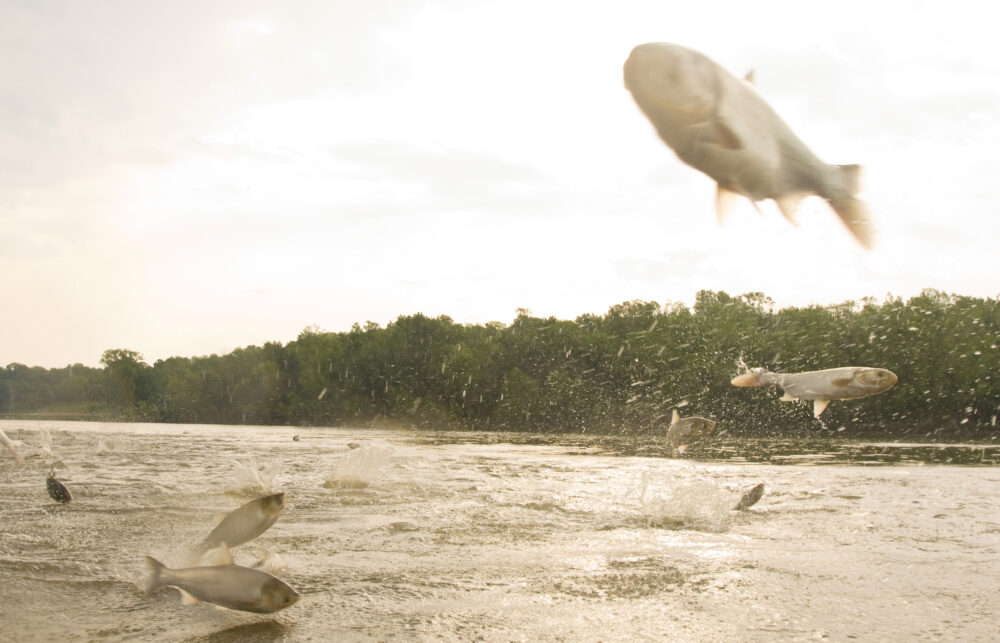We have much more to do and your continued support is needed now more than ever.
Gulf Oil Spill Symposium Scientists Build Research Framework to Guide Gulf Restoration
NOTE: this is the third post from the Gulf Oil Spill Symposium. Also see Symposium Looks to Alert Policy Makers to Impacts from Gulf Oil Disaster and Work Groups Begin Design of Early Warning System for Gulf Wildlife and Habitats.
On the final day of the two-day Gulf Oil Spill Symposium at Mote Marine Laboratory in Sarasota, Fla., co-sponsored by Mote, NWF and the University of South Florida (USF), three work groups of about a dozen scientists each came to the same conclusion: what we don’t know about the Gulf of Mexico’s ecosystem could fill volumes.
Meeting separately and without inter-group communication, the work groups were tasked with developing research initiatives meant to guide policy- and decision-makers through the labyrinth of Gulf of Mexico wildlife and habitat restoration.

When the groups reunited to share their results, a consistent theme emerged: we need to gather, integrate and synthesize existing data, which is held by dozens, or more likely hundreds, of scientists, universities, science centers, research organizations, independent labs, environmental groups, government agencies and businesses. Not to mention all of the accumulated knowledge held by people who have been fishing, diving and boating in and around the Gulf for years.
Drawing upon this cumulative knowledge, conceptual models would be built to describe how scientists think the Gulf ecosystem works. These models, or as Dr. Jerry Ault called them “wire diagrams,” would form the framework for designing specific research projects and programs. Ault, of the University of Miami Rosenstiel School of Marine and Atmospheric Science, and others agreed the models would show the varied, complex and changing relationships between species, location and time (i.e., life cycle). A flexible (“adaptive”) management approach would be built in, so that newly gathered data and study results could be integrated into the models, allowing for research targets to be continually refined to reflect new updates and analysis.
The foundational concept underlying the work is the trophic cascade, or the nutritional relationship between predators, prey and plants. A trophic cascade provides a framework for what NWF’s Dr. Bruce Stein called an “early warning system” – sets of data triggers that signal problems, before they become disasters.
For example, consider the lowly menhaden. It’s a fish, typically less than a foot in length and less than a pound in weight that humans (except for fishermen) avoid like the plague. They’re bony, smelly and taste like last week’s catch left in the sun.
But they feed a long list of deepwater, near shore and inshore fish, including tuna, marlin, sharks, mackerel, tarpon, snook and spotted seatrout to name a few. Also, they’re caught commercially in huge numbers to become frozen bait, fertilizer and other products.
The predators sit above menhaden on the trophic scale. Below menhaden are phytoplankton, microscopic marine plants. Menhanden are filter-feeders that scoop up plankton, going through life with their mouths open.
So, continuing this simple example, a model can be built showing the trophic relationship between snook, menhaden and phytoplankton in a specific place over a specific period of time.
Over the next year, the menhaden population might show an increase. But would that increase result from successful breeding, low snook counts (snook populations were devastated by Florida’s 2010 winter cold snaps), closed fisheries after the BP oil well dumped more than 200 million gallons of oil and methane into the Gulf – or even a combination of factors? It’s an important question because fisheries managers at the state and local levels have to decide how large (in pounds) the annual menhaden catch may be.
The answer is equally important because the fisheries decision affects people’s livelihoods as well as the long-term health of menhaden, snook and phytoplankton, plus those other species that are linked by the food web to menhaden, snook and phytoplankton in the Gulf. Which is to say, multiply this simple example by a few thousand additions, complications and permutations and you’ve got a picture of life in the Gulf of Mexico.
Hence the need to gather and synthesize existing data, build models and start testing those models “now,” “quickly,” “today,” as the symposium’s visiting scientists and resource managers said (not all of the participants were academics; some dealt with tough resource management decisions).
“Here’s where we go from here,” explained Dr. Michael Crosby, vice president of Research at Mote Marine Laboratory. “We’ve got recommendations that have come out and we’re going to prepare a report to be ready by January [2011]…We hope to make the linkages with officials at the state and federal levels to use these recommendations to influence future programs and legislation, at no cost to the taxpayer,” he said.
The recommendations call for using BP money to restore what the BP oil blowout destroyed. The reason there’s pressure to get moving is because BP is already pushing back. Their corporate lawyers, staff and hired scientists are trying to reduce the amount of money BP might be fined.
It’s the job of the NWFs of the world, and most importantly our members and supporters, to keep up the pressure on decision- and policy-makers.
Meanwhile, it’s up to scientists around the Gulf and beyond to ferret out signs of damage from the spill and inform resource managers.
“As soon as it’s [the report] done, I want to get it into the hands of our congressional representatives and legislative committee members,” said Dr. William Hogarth, dean of the College of Marine Sciences at USF. “It’s also important that the five states that border the Gulf are involved because when we work together we can get a lot more done,” he added.
John Hammond, regional executive director of NWF, agrees but is thinking even broader. The gulf oil disaster has national repercussions and will continue to impact the nation for years to come so Hammond thinks there can be “a kind of national consensus,” as he put it, regarding BP penalties and how those monies are used. “With the members we have, we can make sure the rigorous science that’s needed to save the Gulf gets done,” he added.
A new Congress gets seated in January. The penalty phase of the BP oil disaster – not corporate promises but actual fines codified by law – is ramping up. Tick tock.




















